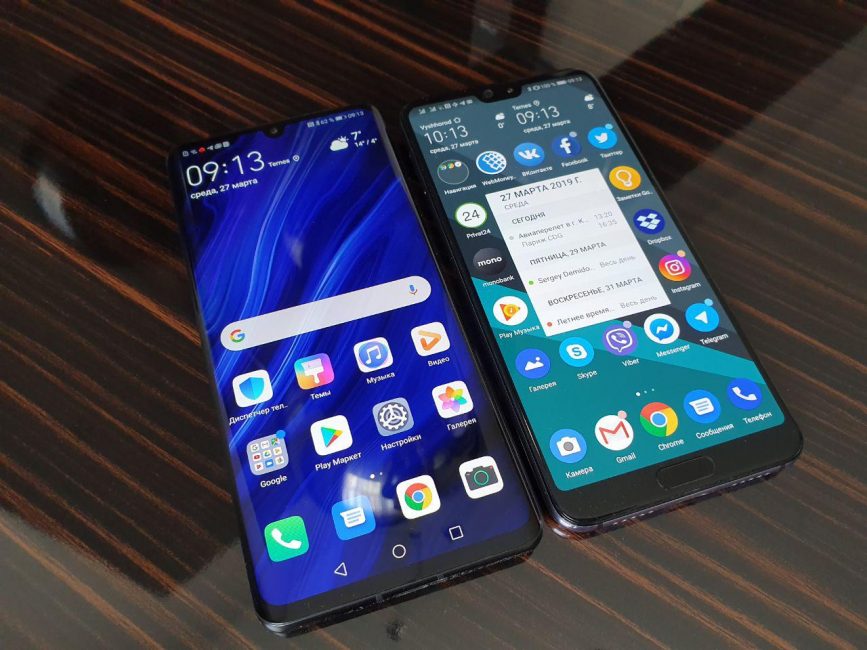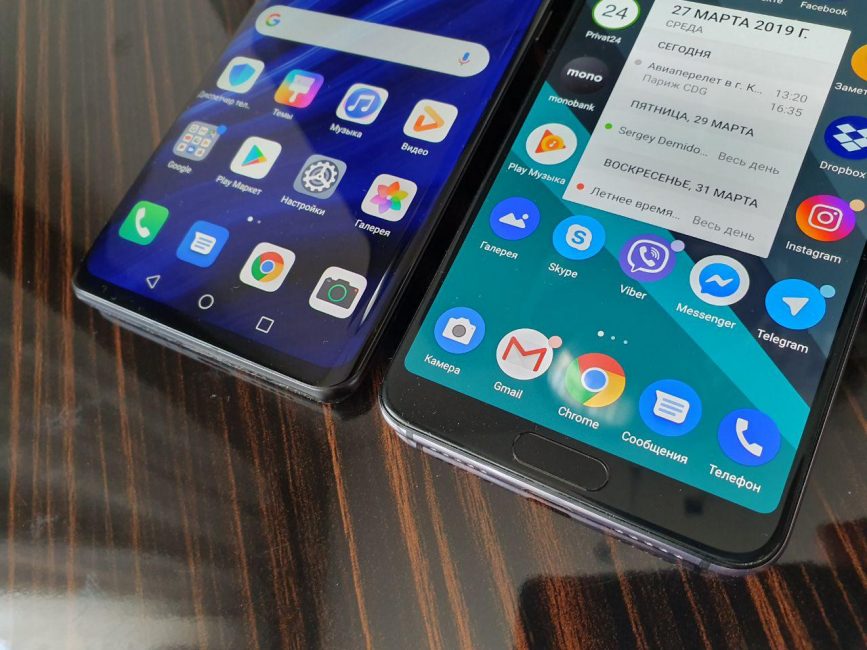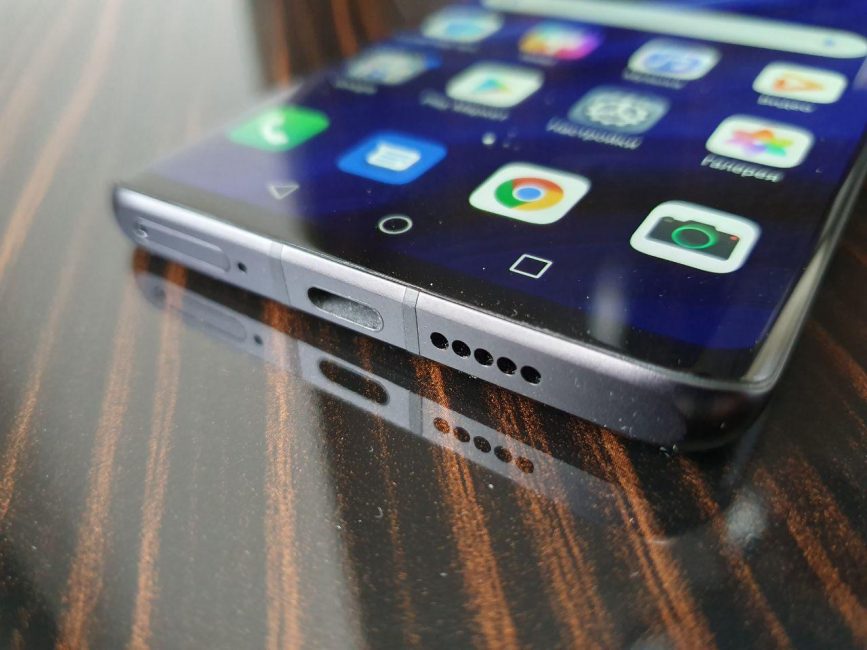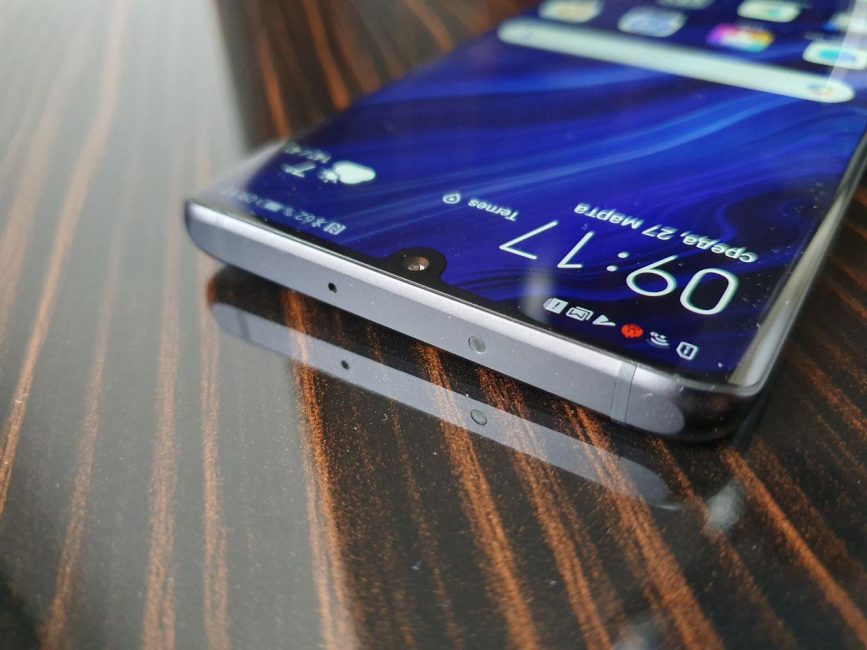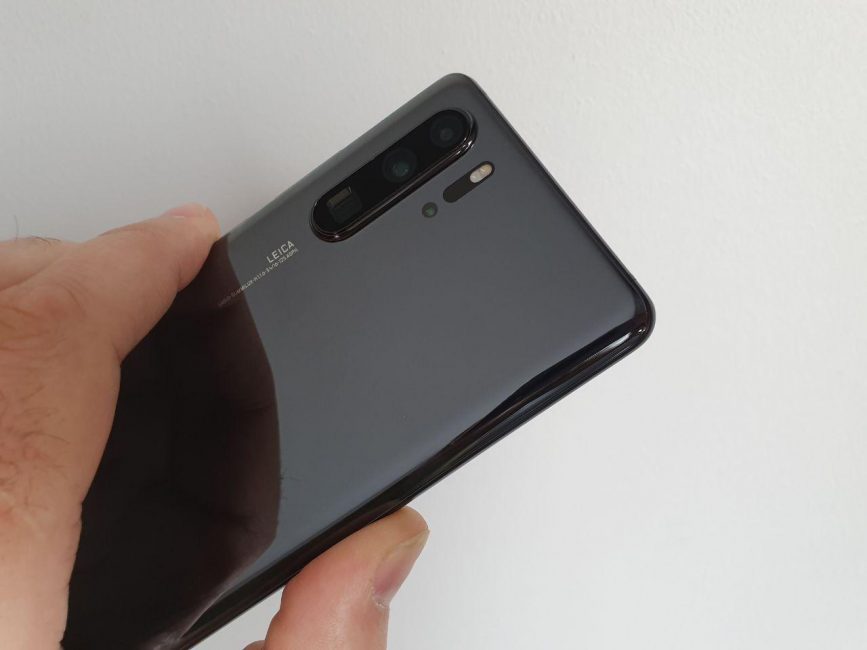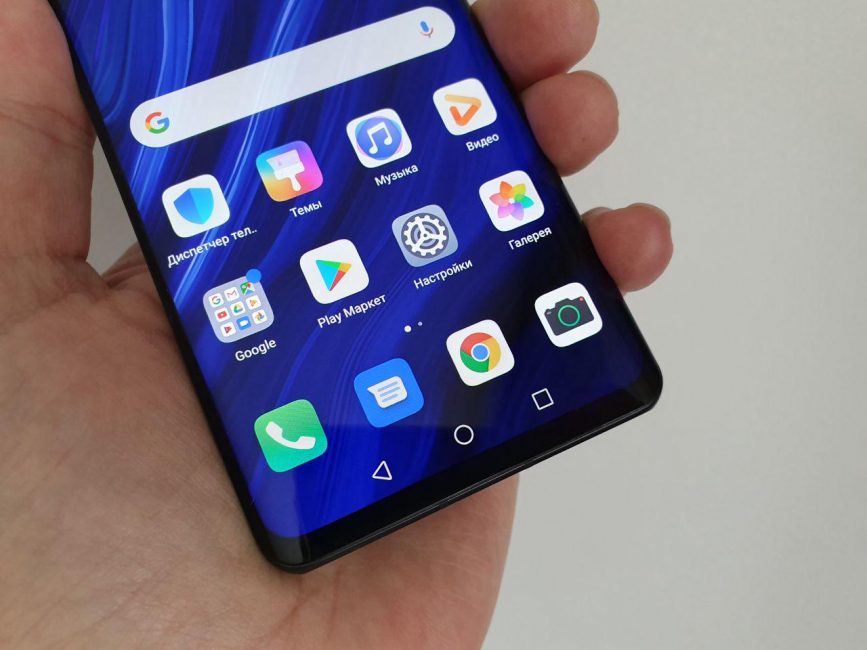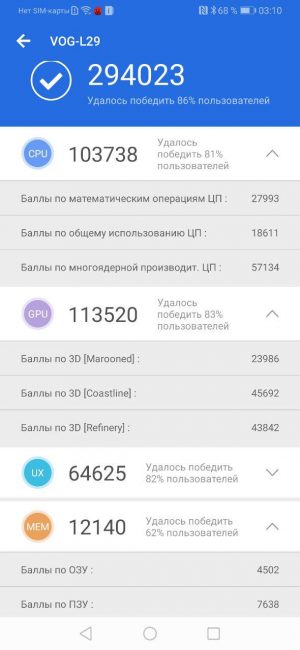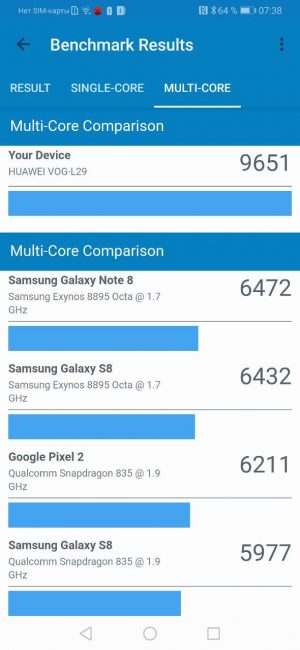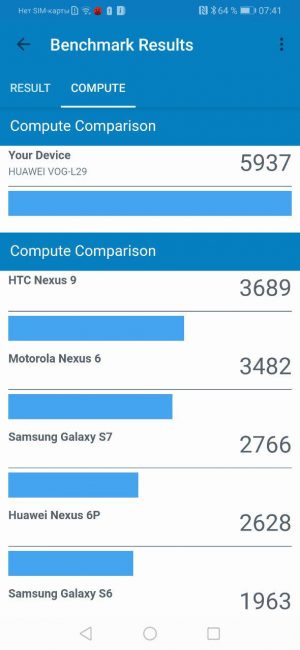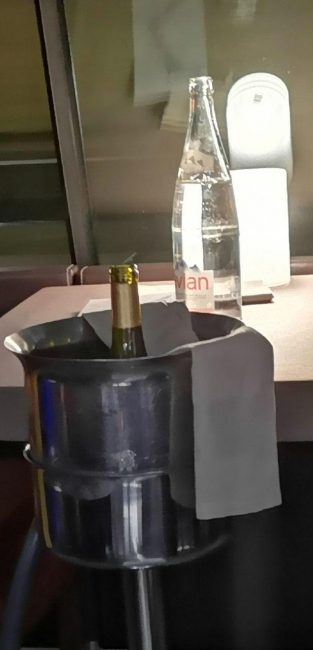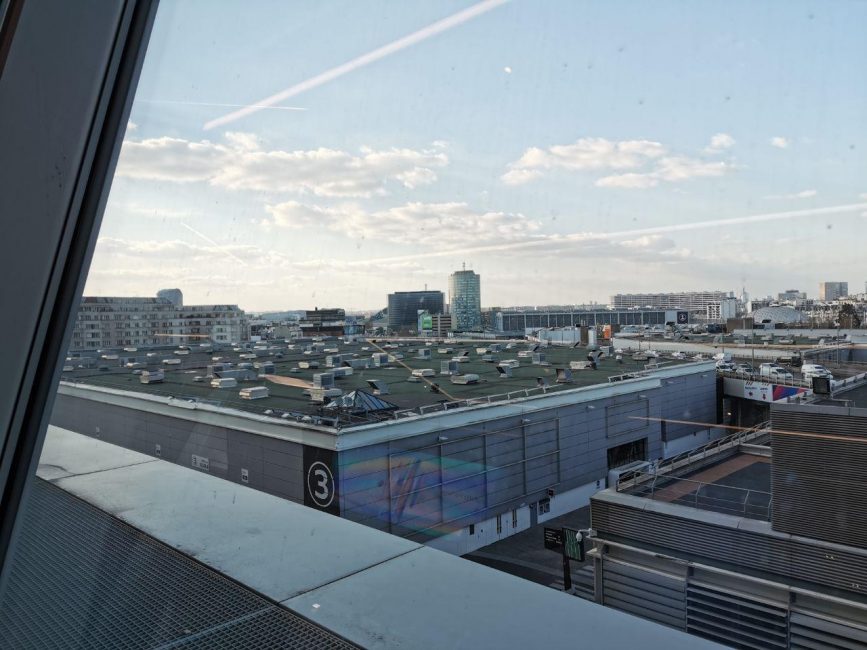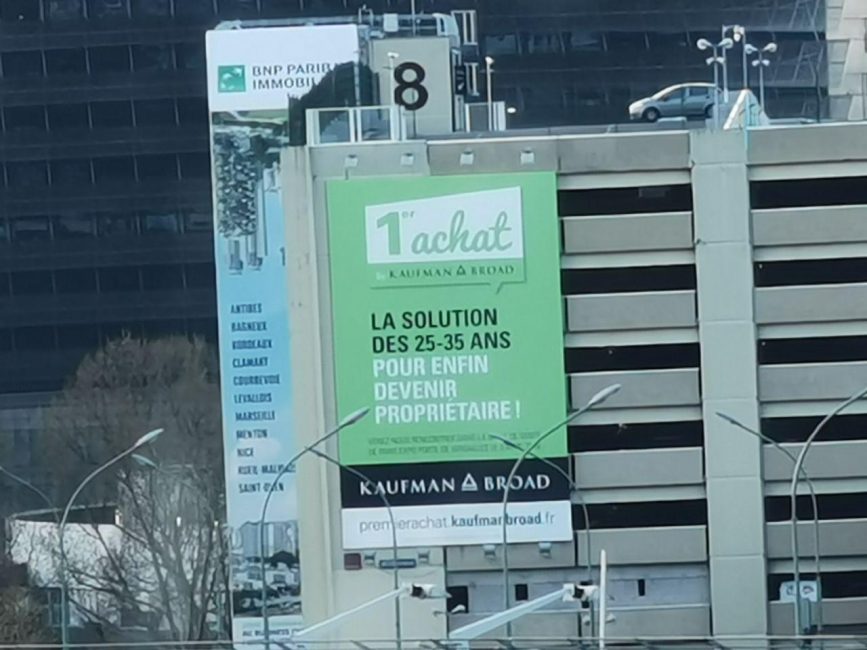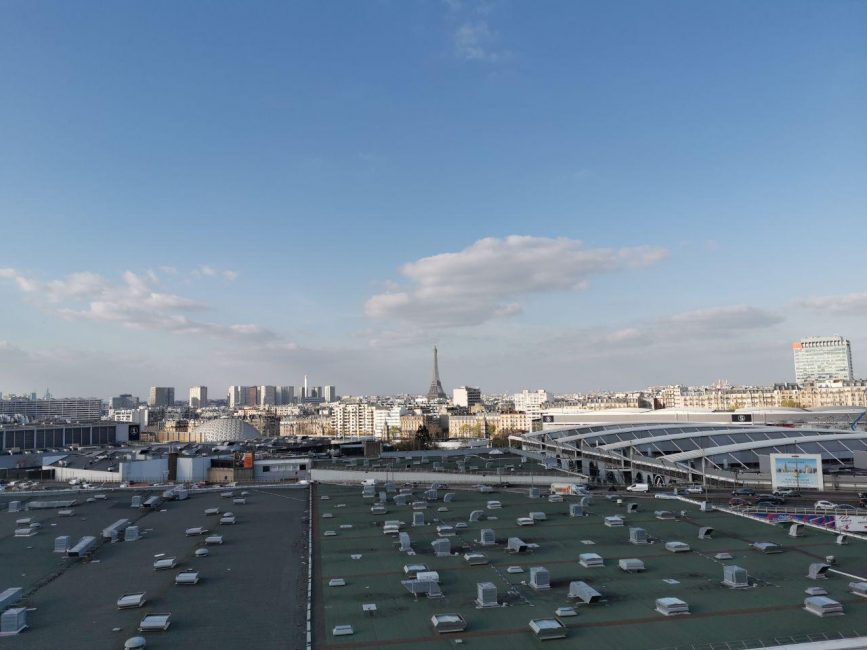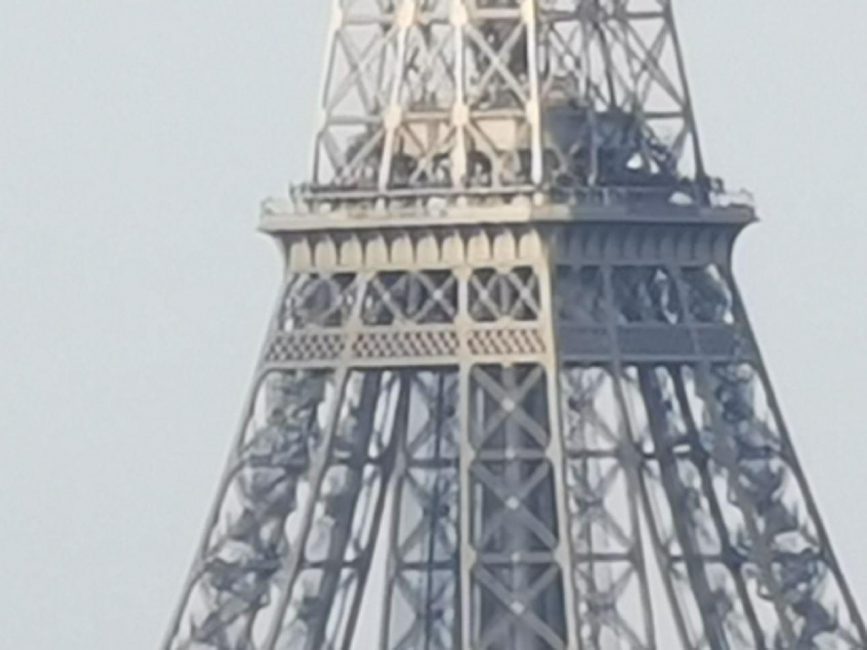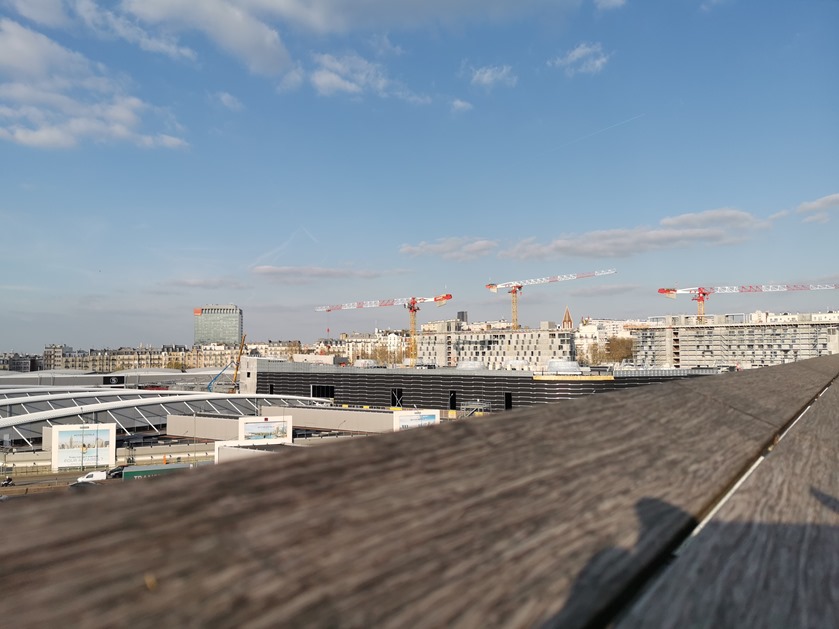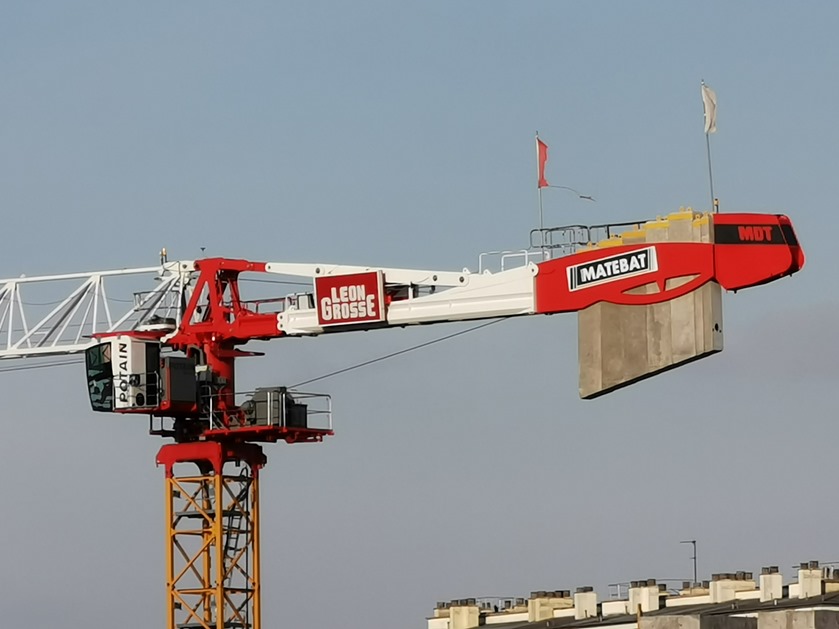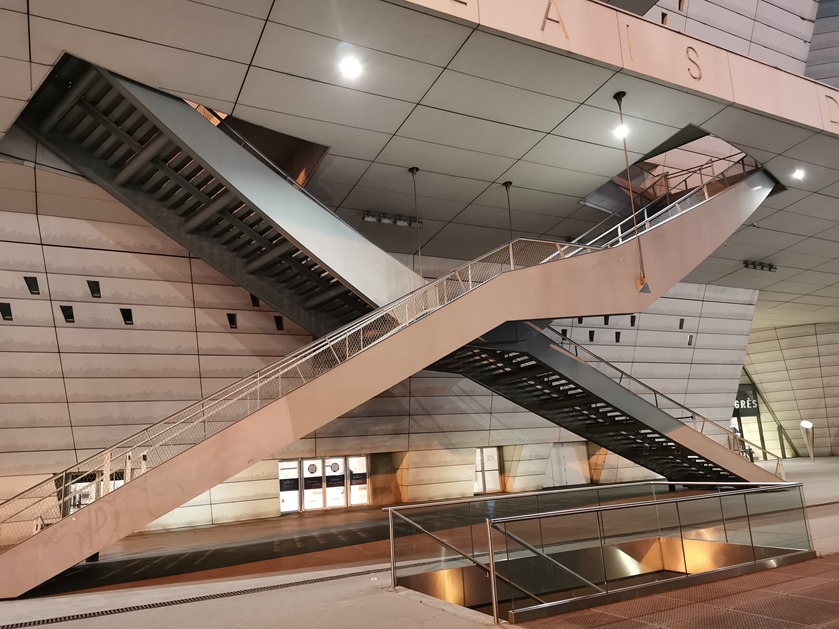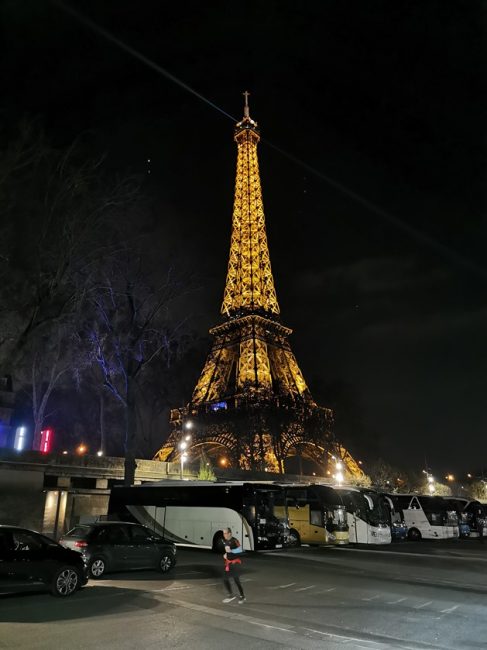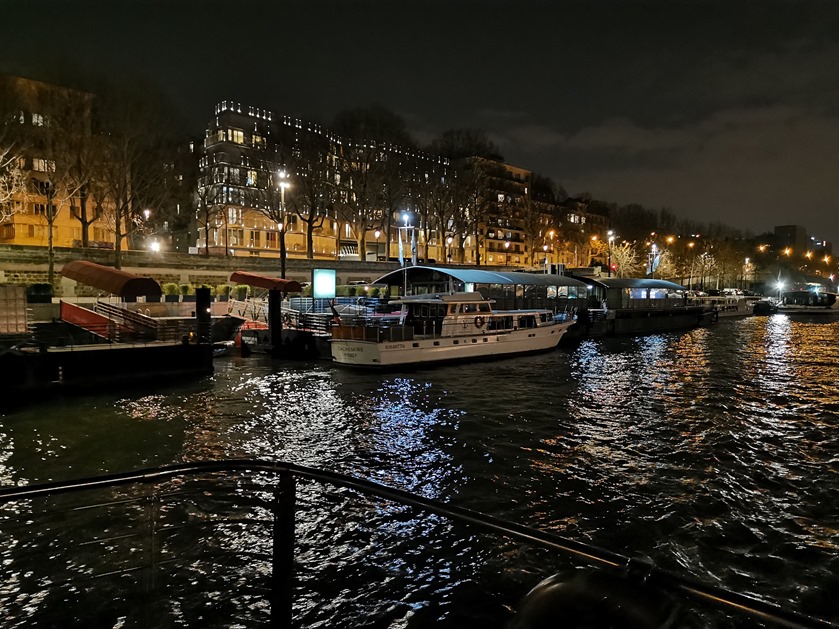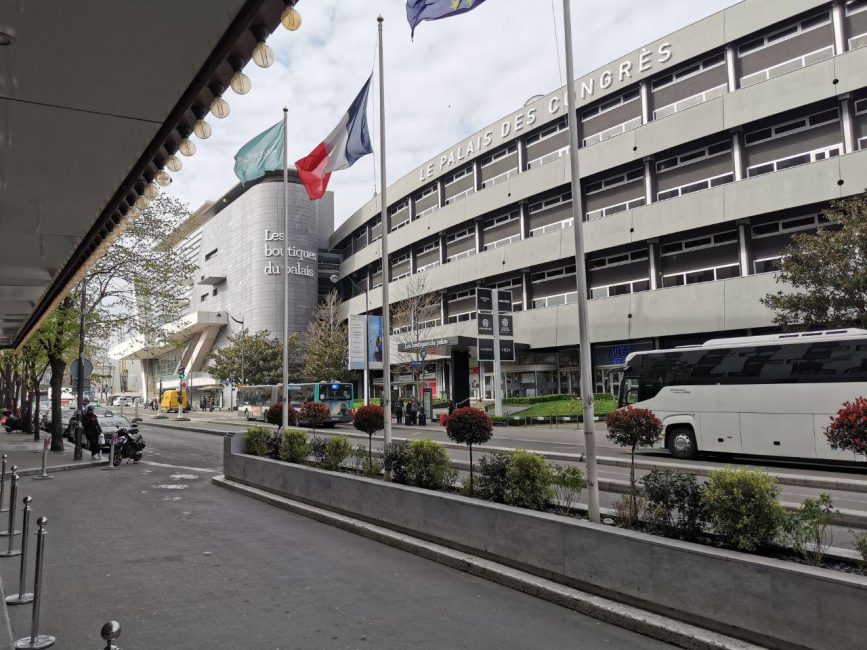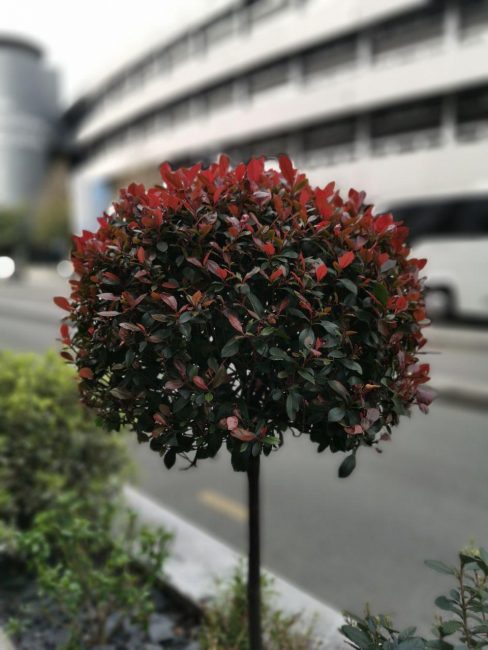© ROOT-NATION.com - Use of content is permitted with a backlink.
Huawei P30 Pro has just been presented in Paris, and I was one of the lucky few who attended the event. I have been using the device for about 12 hours, and now I want to tell you all about it. This is not a real review – expect the full text in a about a week. Right now I will tell you all I already know.
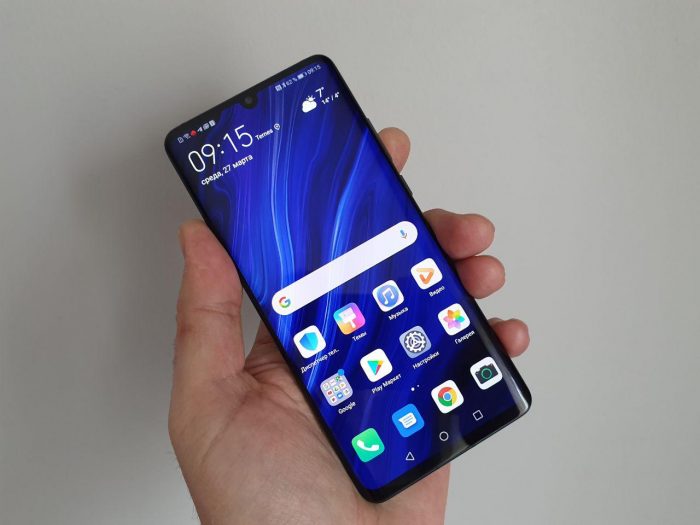
In fact, this material will focus on the appearance and main features of the camera. And since I have the flagship Huawei P20 Pro from the last year, and new Samsung Galaxy S10, I can see the difference between the generations of Huawei smartphones and the results of the two competing cameras from the market leaders. Also I will try not to give any numbers and characteristics. I will concentrate mainly on my impressions and feelings.
Design, materials, build quality
In concept, last year’s and current flagships seem to be similar. The same glass front and back and a sturdy metal frame around the perimeter. The same vertical block with cameras at the back in the upper left corner. But this can be said about many modern smartphones. Huawei P30, of course, is very different from its predecessor. It looks more modern due to innovations in the hardware.
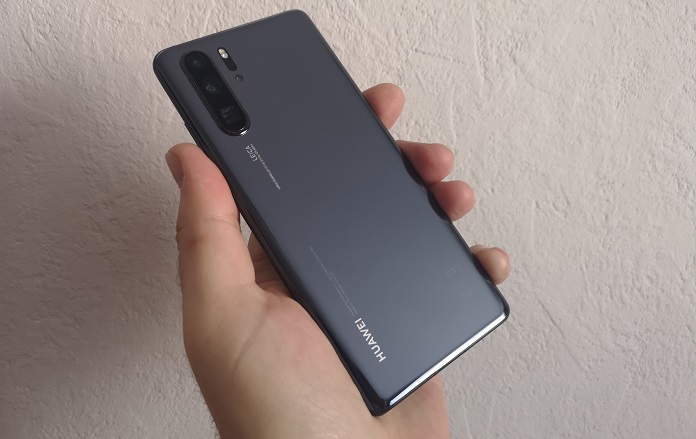
Firstly, the bezel on top is a little smaller, and the medium-sized notch disappeared altogether, giving way to a neat, drop-shaped notch which contains only a front camera.
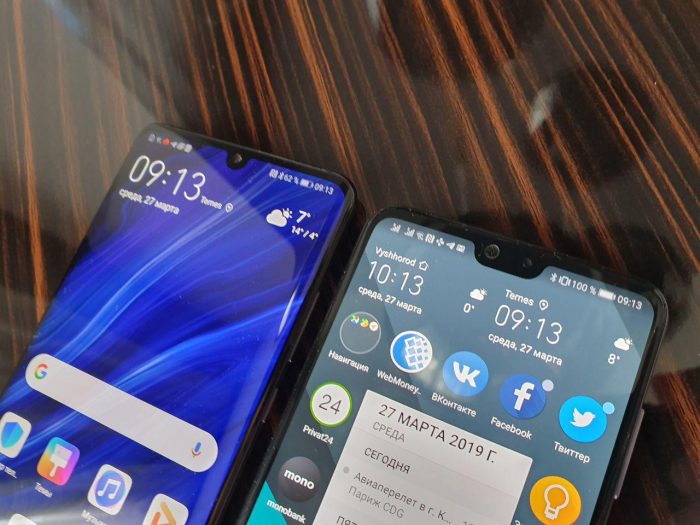
Where have all the other traditional elements gone? I still have no idea, probably the front camera also plays the role of light and proximity sensors? This question requires additional study. But the fact is that there is nothing here, even the earpiece speaker. It was replaced by a screen sound system when sound is reproduced by the vibration of the screen and the case. How it works, I have not yet figured out, since my SIM is still in P20. And yes, there is no LED indicator in the smartphone either, which is becoming a trend or something. It was also removed in the Galaxy S10 line.
Below the screen is just a small area. There is no more fingerprint scanner here – this element became ultrasonic and moved inside the device under the screen. The lower bezel is about 2 times the size of the top. So there’s no symmetry of speech. The bezels on the sides are small and they even seem smaller than they actually are, due to the fact that the screen is slightly bent at the edges. In principle, yes, like Samsung, but Huawei has already applied a similar solution in Mate 20 Pro.
When the screen is off, the smartphone looks especially cool. If you didn’t know, P20 Pro’s screen is not completely black, but slightly greyish. But in P30, the display has just a deep black color, which completely merges with the black bezels around the perimeter, making the whole smartphone look like solid black polished tile with rounded edges on the right and left.
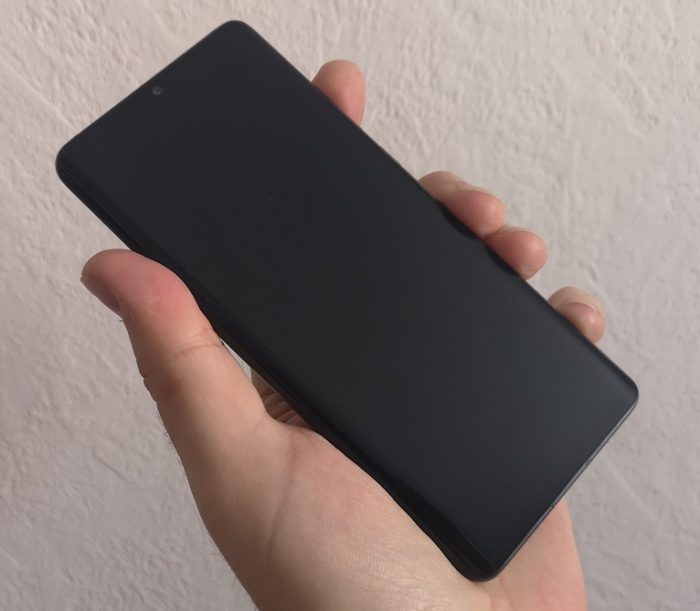
On the back only the block with cameras has been changed. Before (with P20) I was a little puzzled: why not merge all three cameras into one block? But now I understand. They just waited until P30 Pro!
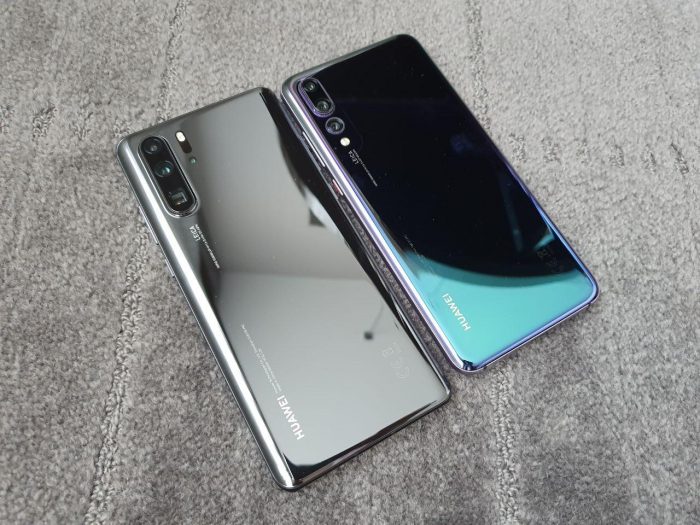
Otherwise, everything seems the same. But it’s not exactly true: the radius of curvature of the rear glass on the sides has been increased. In fact, the smartphone has become symmetrical when viewed from above or below. And in order to emphasize this point, the upper and lower edges have been made flat. And now P30 Pro can stand upright on a flat, solid surface. I do not know if this feature will be useful to anyone, but it is there, which amuses me for some reason. Probably because you can put the smartphone vertically to take a beautiful picture of it, and without any supports. Profdeformation.
As for the build quality, There’s nothing new to say – it’s perfect, as is the case with its predecessor. All modern flagships are like that.
Ergonomics
Here nothing really has changed. Although P30 Pro is higher than P20 Pro, which means that the proportions of the device have changed and the smartphone has been slightly stretched. But in general the tactile sensations are almost exactly the same. The differences lie in the fact that the back has received more rounding and the device is a little more comfortable in the hand.
The buttons remained in the same places – on the right side, which is the most optimal place in my opinion. The controls fall directly under the thumb of the right hand. Even when using the left hand, you can easily find them.

Screen
Actually, I can’t say much about the screen since I don’t want to make quick conclusions. It is necessary to use the device in various situations. But in general, everything seems to be fine. Readability on the street is excellent, and the minimum level of brightness has become even lower. Although the screen has clearly been changed. In P20 Pro it was not completely black, but dark gray, and in P30 Pro it turned completely black when it is turned off. All of this indicates that the technology and/or screen manufacturer have been changed. Yes, it is OLED, but a different kind. The depth of black, which means the contrast, has become higher.
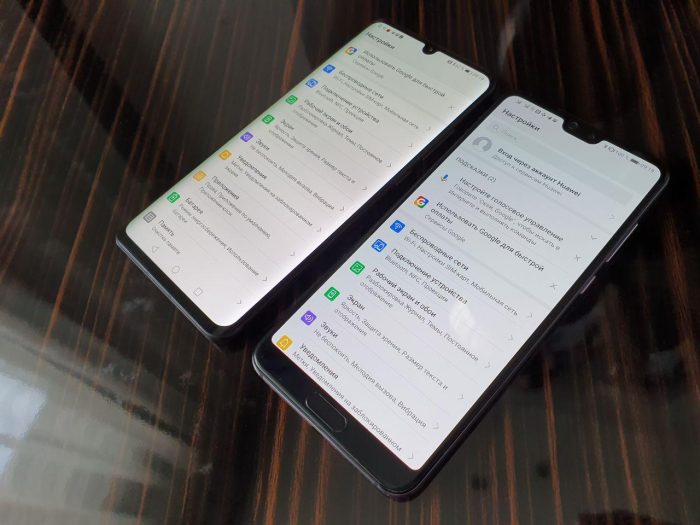
But the display in Huawei P30 Pro has become very similar to Samsung’s Super AMOLED. And this means that it distorts the white color (which turns to gray-green-blue) at an angle even more than P20 Pro. In direct comparison, it is clearly noticeable. You can see it at an average or low level of brightness. In this mode, white at an angle is better than last year’s model. But turn the brightness level to the max, and the situation changes to the exact opposite, and the screen looks more white at an angle.
Such are the features of the display matrix that I have noticed at the moment. Read more in the real review soon. I can only say that Huawei P30 Pro has no obvious problems with the screen that potential customers should worry about.
Performance
It seems to me that it’s not for nothing that the manufacturer stopped bragging about the increased power of the new smartphone at the presentation and mentions this aspect only in passing. As I remember, Huawei was talking about reducing the launch time of specific popular apps, and that’s about it when it comes to performance. Personally, I’m tired of this topic. The ordinary users also no longer care about it. They want to know the real experience and the comfort of use.
If you are still interested in performance, you can look at benchmarks’ results.
In general, the smartphone is very quick, which is only logical for a flagship. Games have not yet been tested, the details will be in the main review.
Cameras
Now – to the real deal, because camera is what it is all about. At the presentation, we were overwhelmed by comparisons with competitors in various difficult situations. Right now cameras in smartphones shot almost equally in good light. Often, even mid-budget phones come close to the quality of flagship models. If the light is enough. But if it isn’t? That’s what separates this new model from all the others. Apparently (or rather, by what I personally saw), Huawei P30 Pro is now the new “King of the Night”.
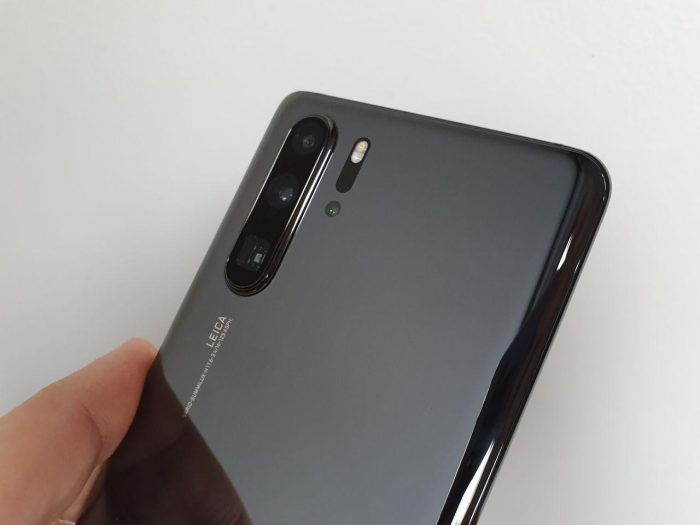
At night, the smartphone shows a significant advantage in detail and dynamic range, both over last year’s P20 Pro, and over its direct competitor, Samsung Galaxy S10. Yes, I could not compare the new version with S10+ version, but I want to remind you that in the “senior” and “junior” Samsung flagships there are no differences in terms of the cameras, but the simpler modules have been installed in S10e. So, we now compare Huawei P30 with the while lineup. Sounds far-fetched? I will show you a typical example. All examples of pictures from all three smartphones in full resolution can be found in the link below.
Separately, I want to note that if you want to get more details in the photo, use the Night mode. It helps both in the total darkness, and just in insufficient lighting. If you need atmospheric images, it is better to use the standard automatic mode. It’s good to have a choice. The thing about the dark mode is that it’s not obvious – you might even not understand when the photo has been made. Most friends will tell you that you are lying and the photo was taken in the afternoon. The most obvious example:
The second killer feature of the new flagship is 50x zoom. At the same time, it is 5x optical, 10x hybrid and then digital. The results are just fantastic – simply staggering. Things has been definitely different before. Simple examples:
In general, the camera really impresses with its capabilities. Is this the best camera on the smartphone market at the moment? Most likely, yes (of course, in my humble opinion). The competitors should take notes. The race continues!
SEE ALL EXAMPLES OF PHOTO AND VIDEO
Explanations: I downloaded all the photos and videos taken by three smartphones during this trip. Naturally – without any processing and in the original resolution. You can find shots taken under the same conditions and compare them. Also, there are many similar photos and even bad shots. In short, everything is as it is with no filters.
A little bit about the video. At the presentation, many were struck by the fact that in this parameter, the new device received DxOMark rating that’s lower (only by 1 point, but nonetheless) than last year’s P20 Pro. In reality, I tried to shoot a video and there really isn’t much difference. But! There is stabilization when shooting video in 4K! So there are still improvements here. See all the examples in the links above.
In general, the manufacturer promises to significantly improve video with the next firmware update. And also add new truly fantastic features to the camera. I know what I am talking about, but even if I didn’t sign the NDA, I will not spoil the intrigue, since I gave the word to not disclose the details. In general, all the features of the Huawei P30 Pro cameras are not yet fully implemented. Therefore, we should expect a gradual implementation of all planned improvements.
This is all about the camera. We must also leave something for the main review!
Sound
The main speaker of the smartphone is loud and clear. Even at maximum volume, the sound is almost not distorted – and the frequency range remains wide, and there is even some semblance of bass.
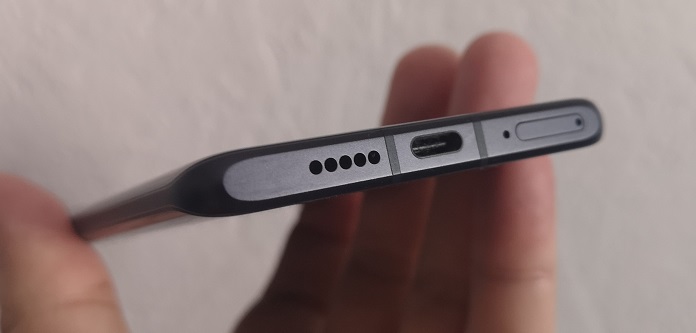
As for the earpiece … screen-speaker … In short, let’s leave this point for the main review. Again, I have not yet made a complete transition to Huawei P30 Pro.
In-display fingerprint sensor
I have already used a similar element in Galaxy S10. And somehow I didn’t like it there: it’s unpredictable, unreliable and often does not recognize the fingerprints. Because of this, I unlock using face recognition (Yes-yes, I know about the safety issues). In addition, even if the scanner works, it happens slowly. Although yes, there was a film on the screen. It might be causing the issue. Before I publish the main review, I must unstick it from the screen.
Huawei P30 Pro has no such film. And the ultrasonic in-display fingerprint sensor works much better. It almost never fails. The speed, response is still lower than in the traditional scanner in P20 Pro. It is noticeable that the technology has not yet been perfected. Or maybe it’s the software. But the fact remains that the in-display fingerprint sensor at this stage is a little slower than the classic sensor.
Verdict
Right now it’s everything I can tell you about Huawei P30 Pro. Sure, Huawei likes to talk big, but first I have to check everything for myself. I always tell you only what I know for sure. So, wait for the full review. If you are interesting In anything Huawei P30 Pro-related, don’t hesitate to ask in the comments or in social networks. Till the next time!


